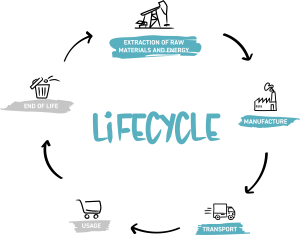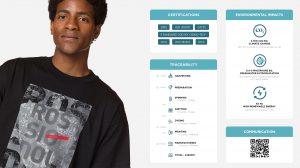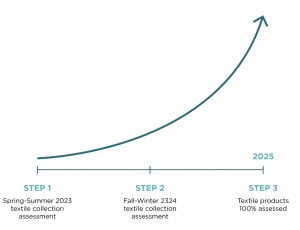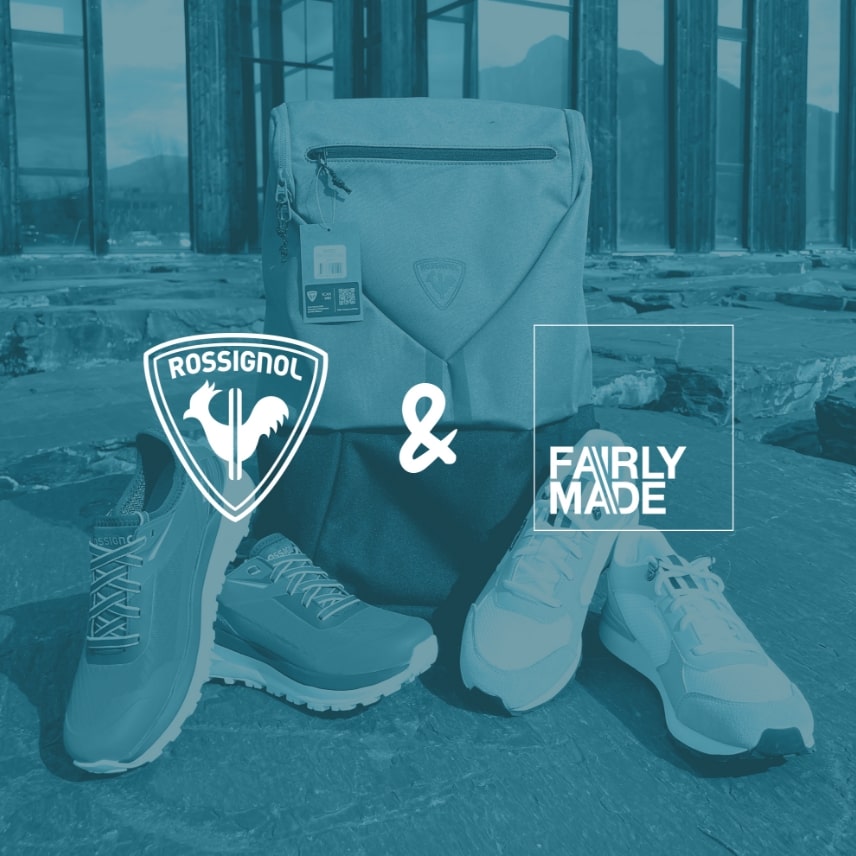As part of our ongoing commitment to reducing our environmental impact, Rossignol has recently entered into a partnership with French startup Fairly Made, an organization that specializes in tracing source materials through the supply chain.
We’ve engaged in a framework of exhaustive lifecycle analysis in order to bring transparency to our supply chain on how and where our products are made.
For our Spring-Summer 2023 collection, 150 items were analyzed by Fairly Made, and four impact criteria were measured in order to:
- Better understand four areas of production: material source, environmental impact, recyclability, and social impact
- Improve the efficiency of our supply chain and encourage our partners to do the same
- Find ways to further reduce the impacts of our future collections
Fairly Made’s comprehensive lifecycle analysis
The Life Cycle Assessment (LCA) is a study of the impact of a garment on the basis of 16 criteria using data collected from the brand and its suppliers (composition of a material, weight of a garment, place of manufacture, miles traveled, etc.), so that the brand and consumers can have a 360° view of suppliers and products.
With Fairly Made’s help, we’ve been able to improve the standards in our supply chain throughout our Spring-Summer 2023 Collection, and bring into the open everything from raw material usage to the social and environmental impacts of every factory used within that chain.
As such, we’ve been able to fully understand the cradle-to-grave lifecycle of our products from the moment they leave our warehouse.

By scanning the QR code on the labels of our Spring-Summer 2023 Collection, consumers can trace each product’s origins. A portion of this collection will also be available online from Rossignol’s web shop.

Over the next few years, Rossignol intends to continue to increase the number of traceable products we sell, until we reach 100 percent in 2025. A second analysis phase has just begun in our Fall-Winter 2023-2024 Collection.

